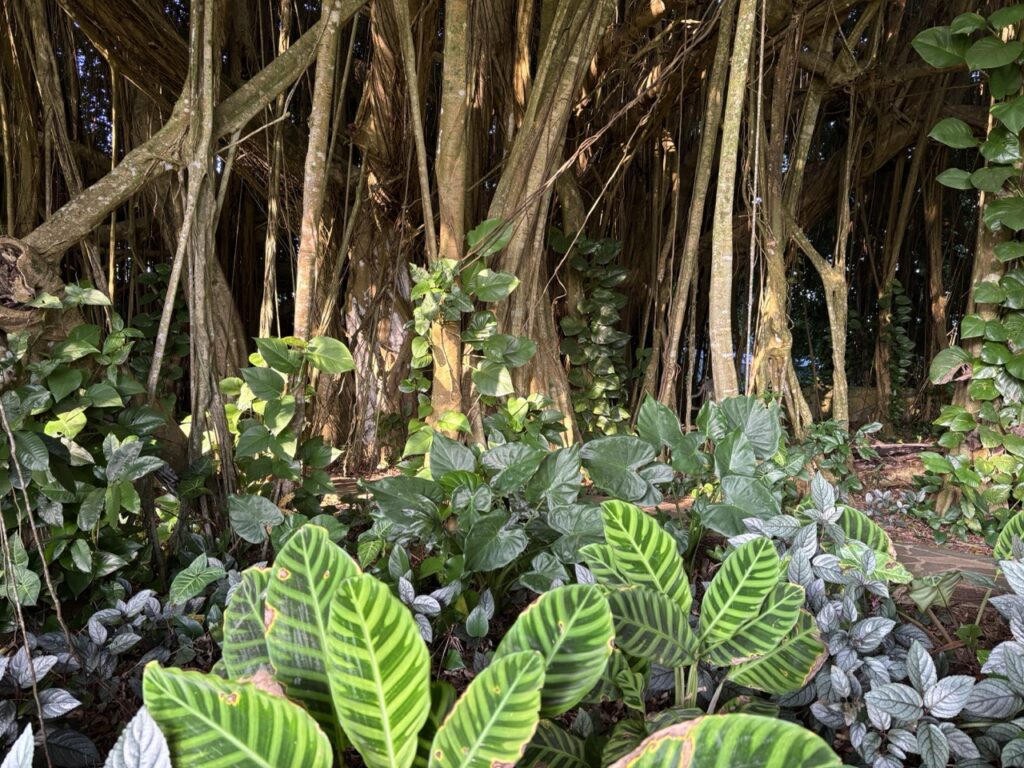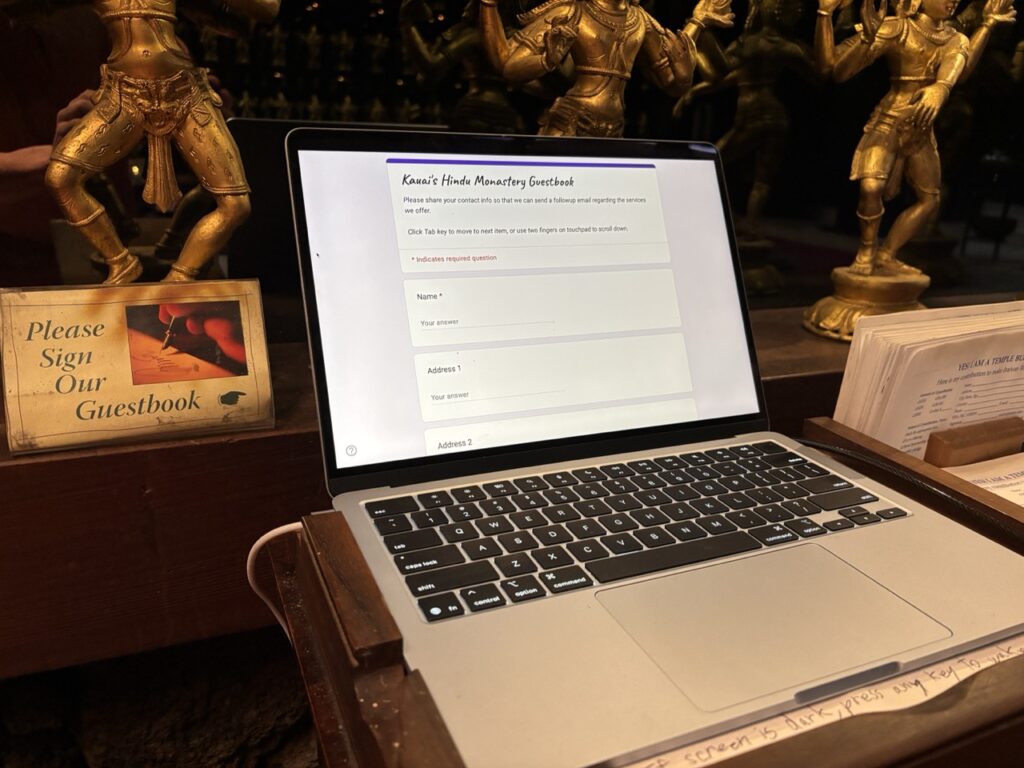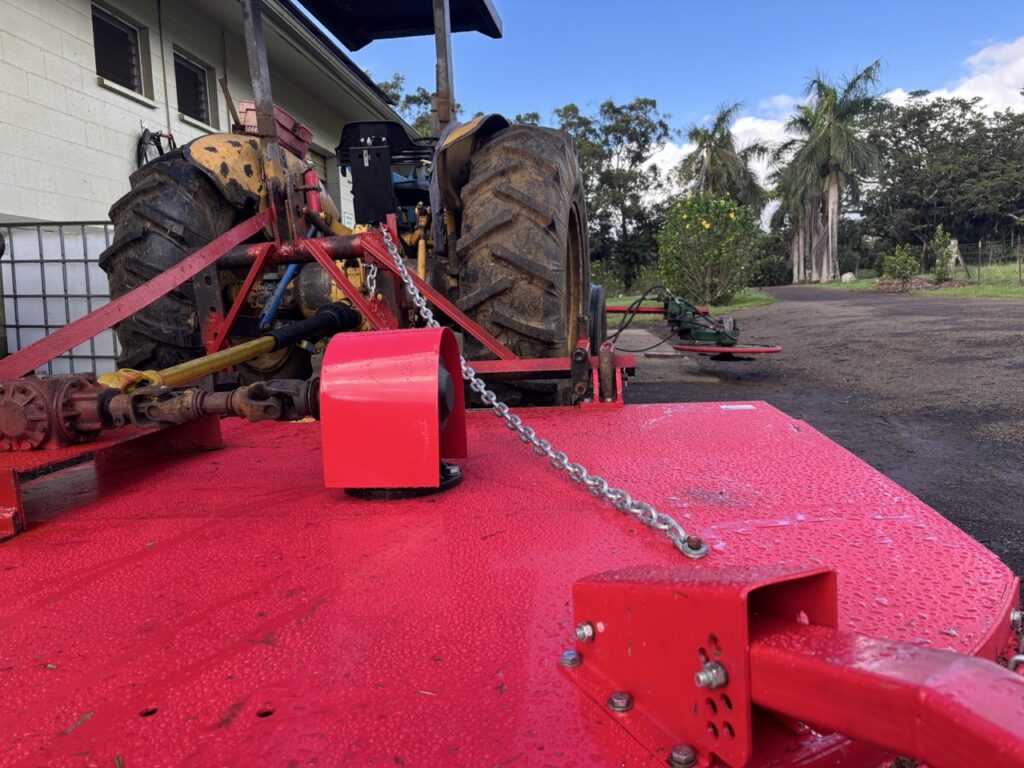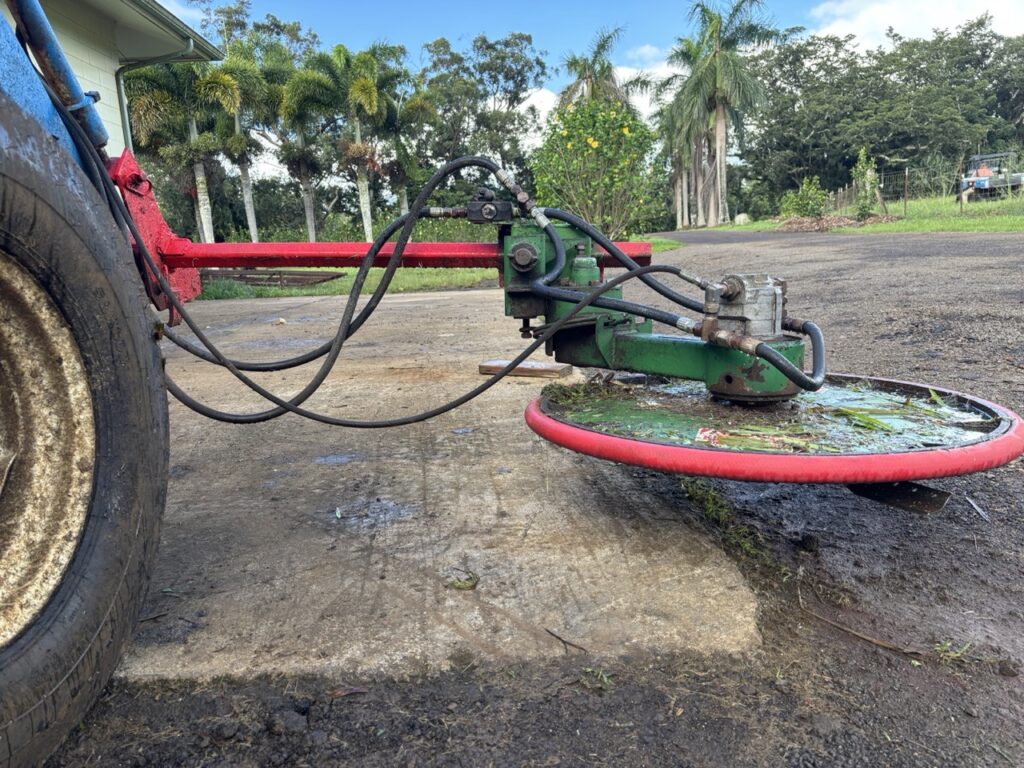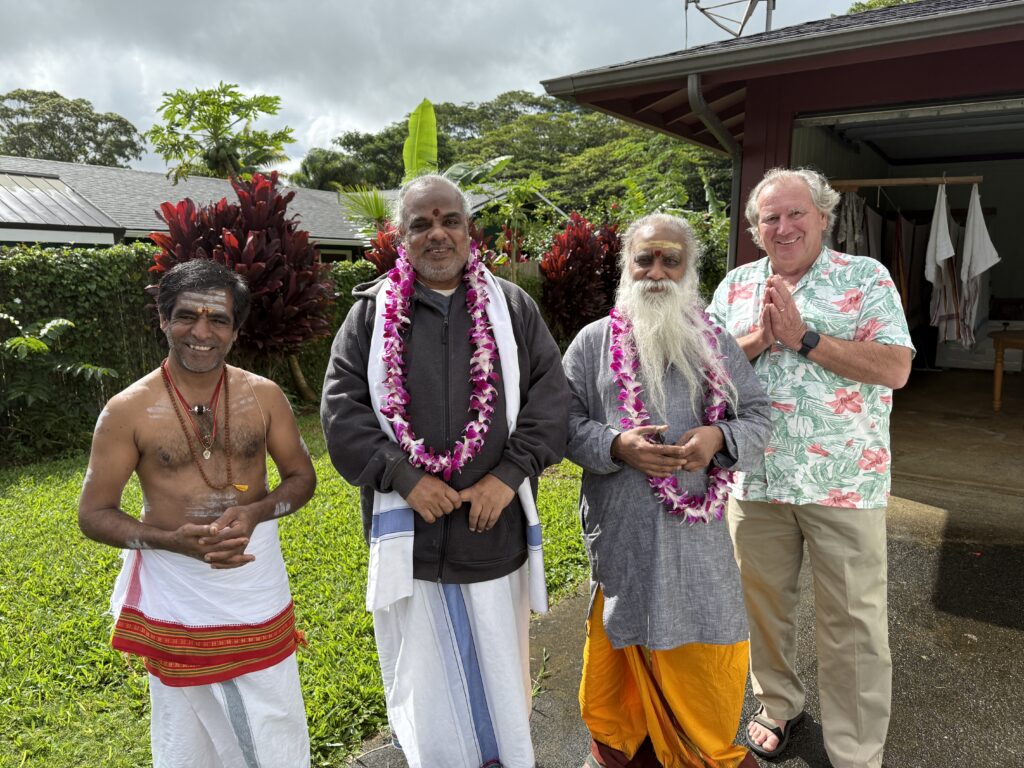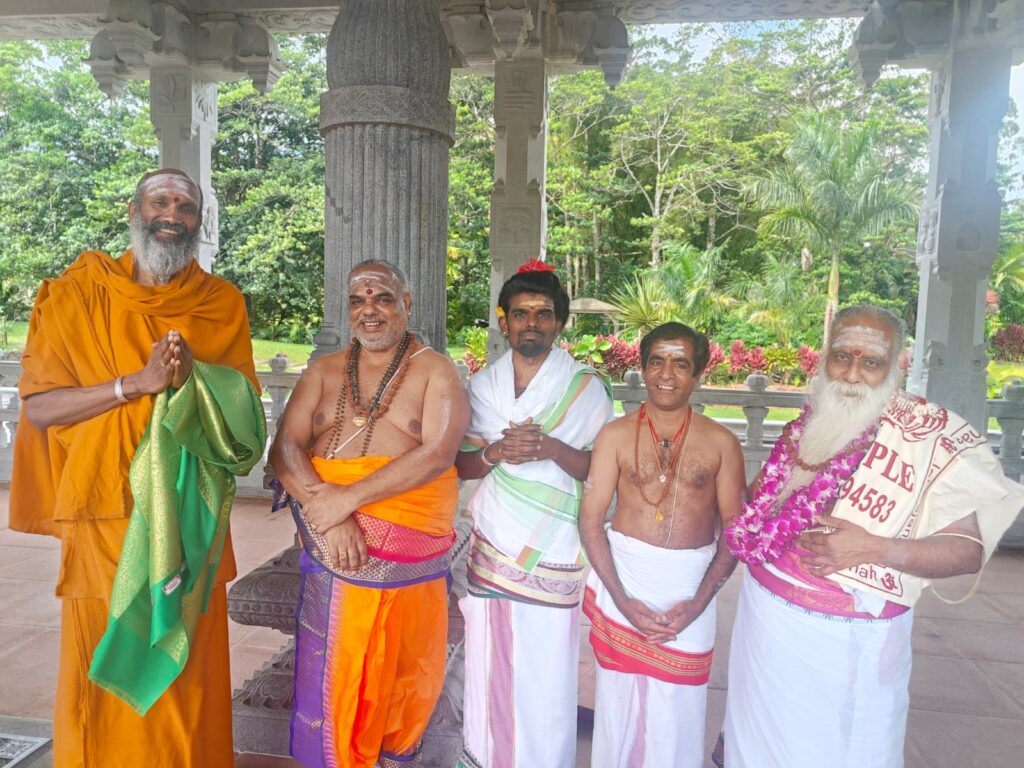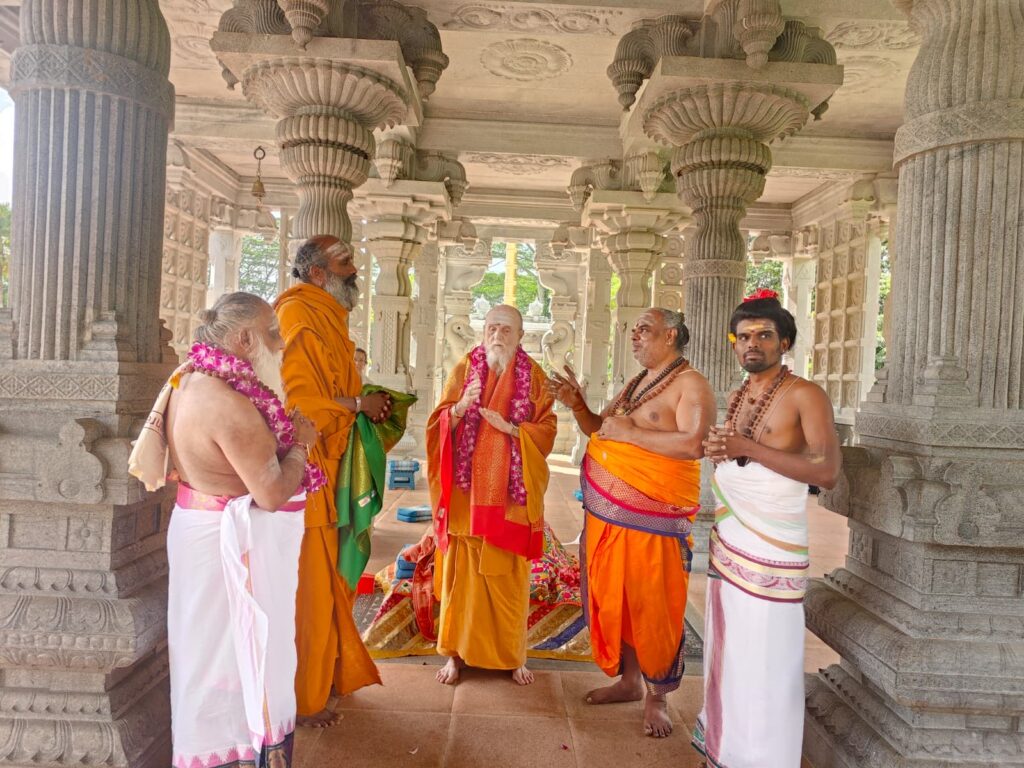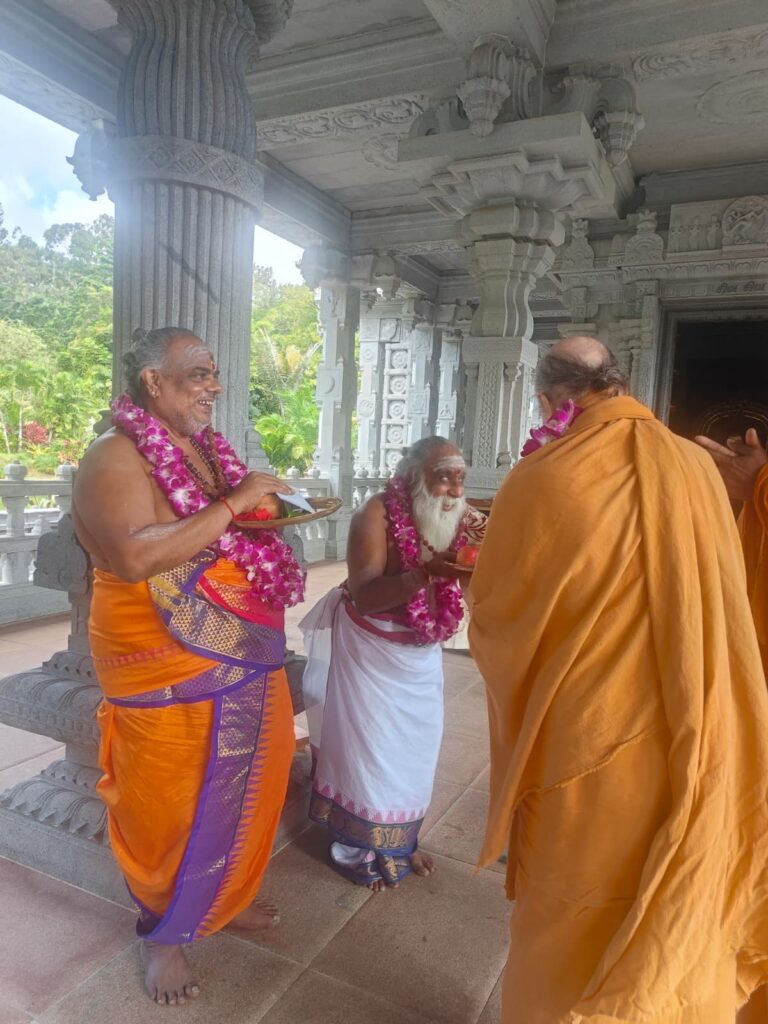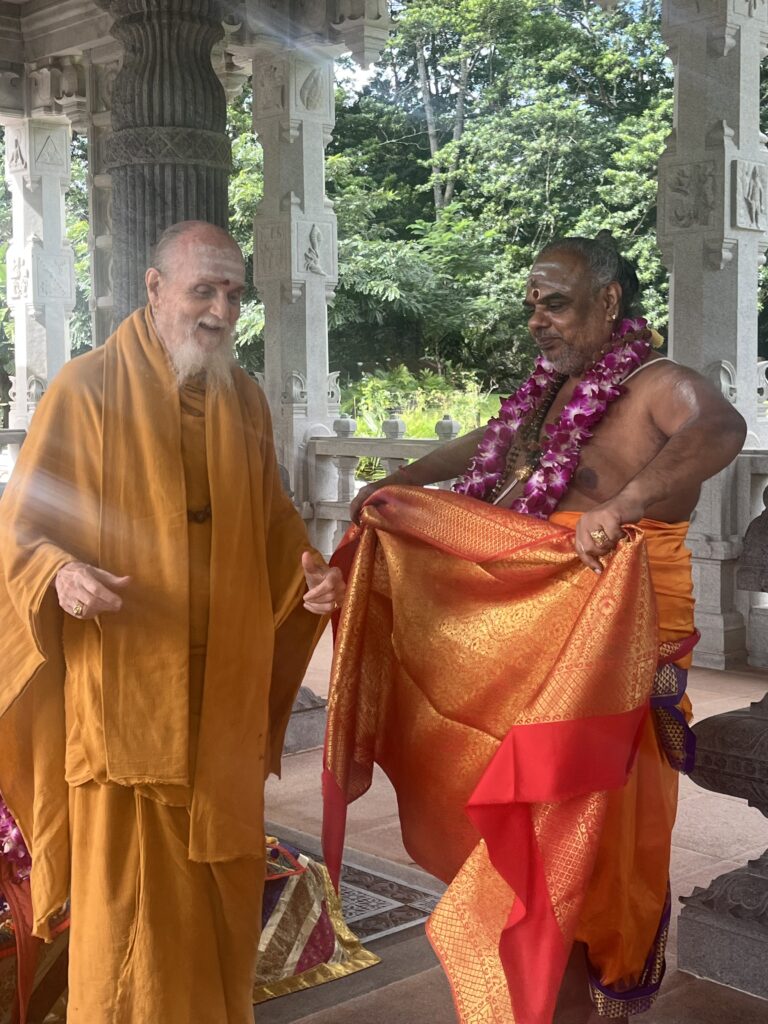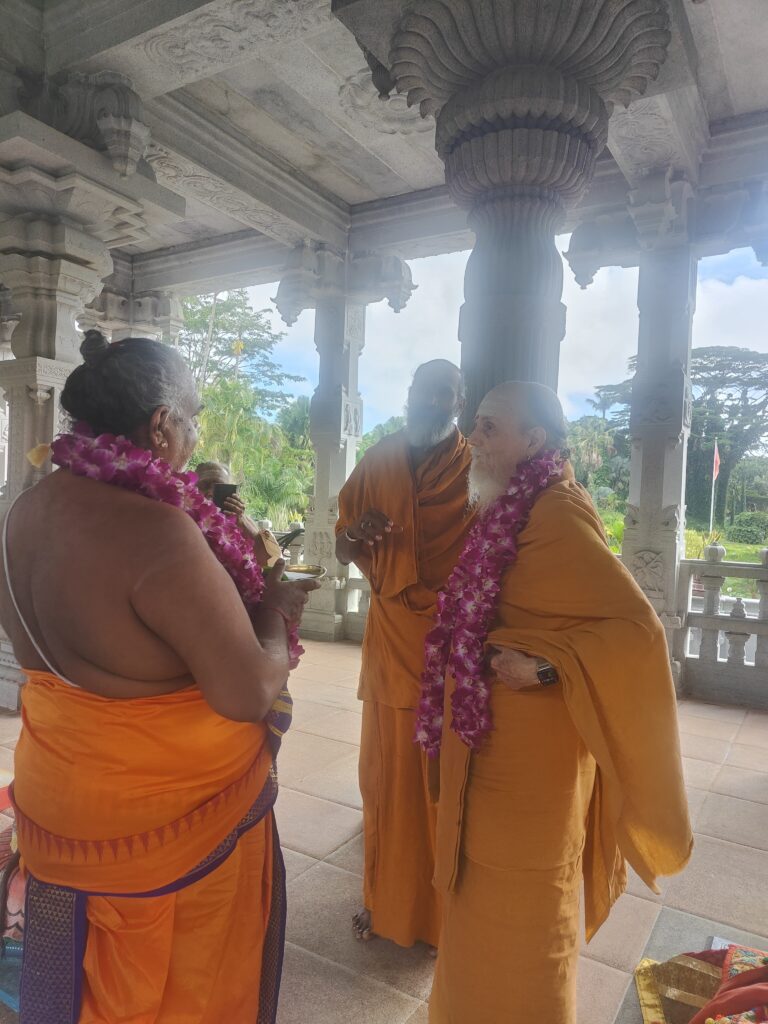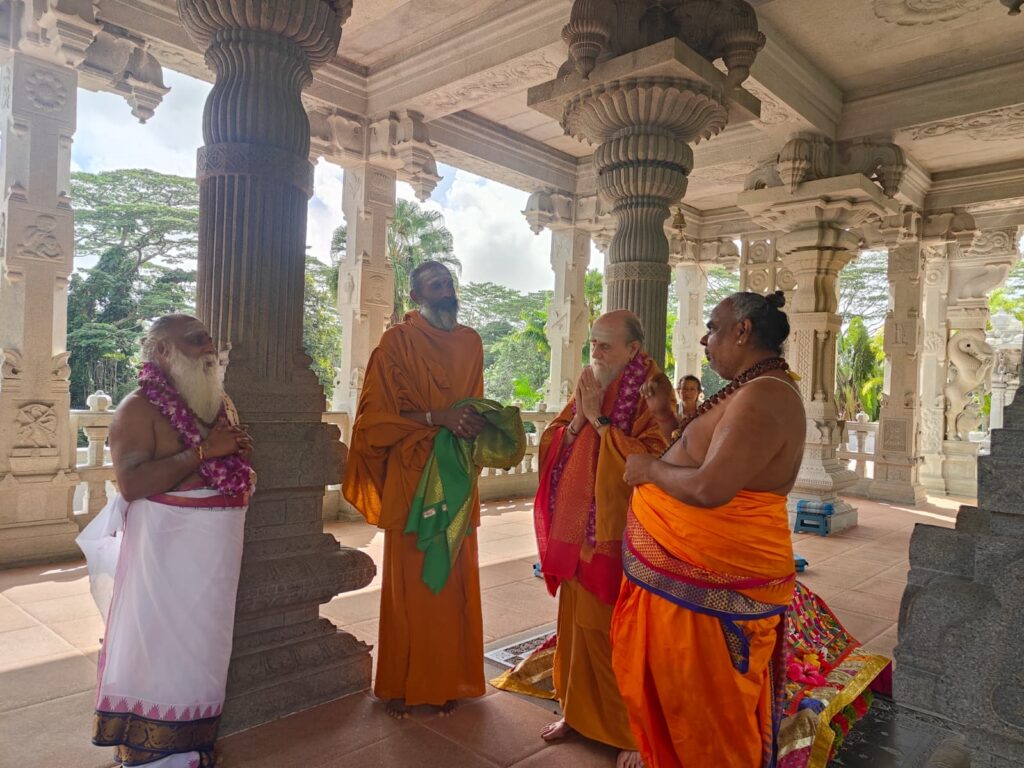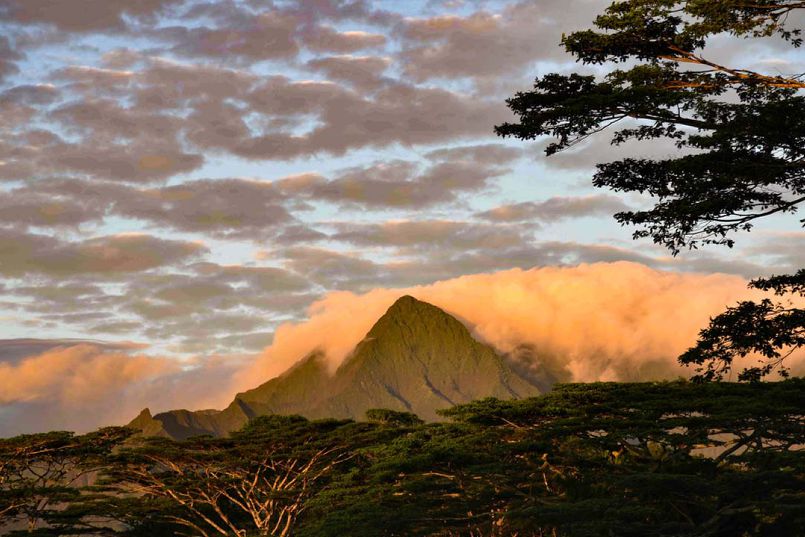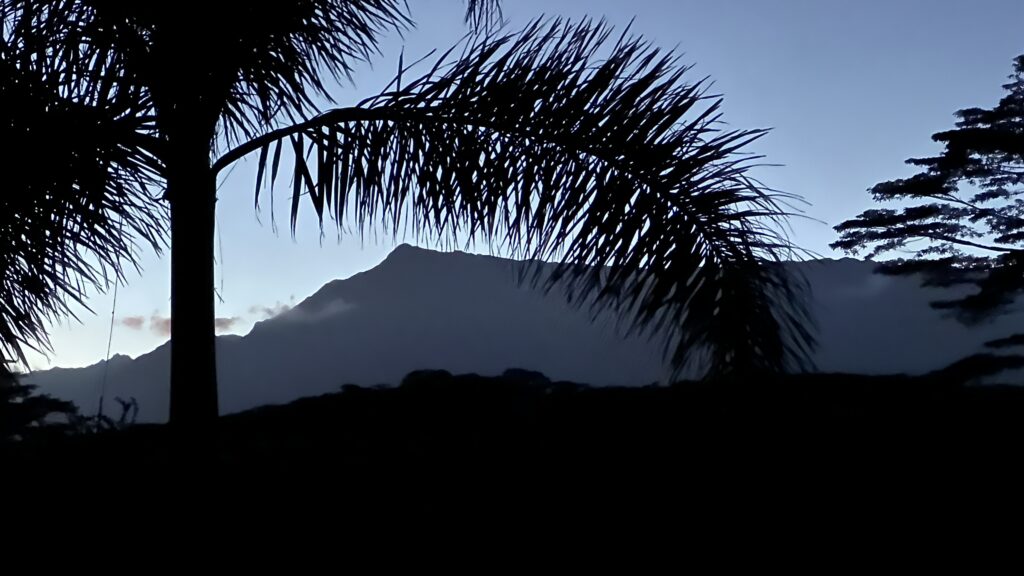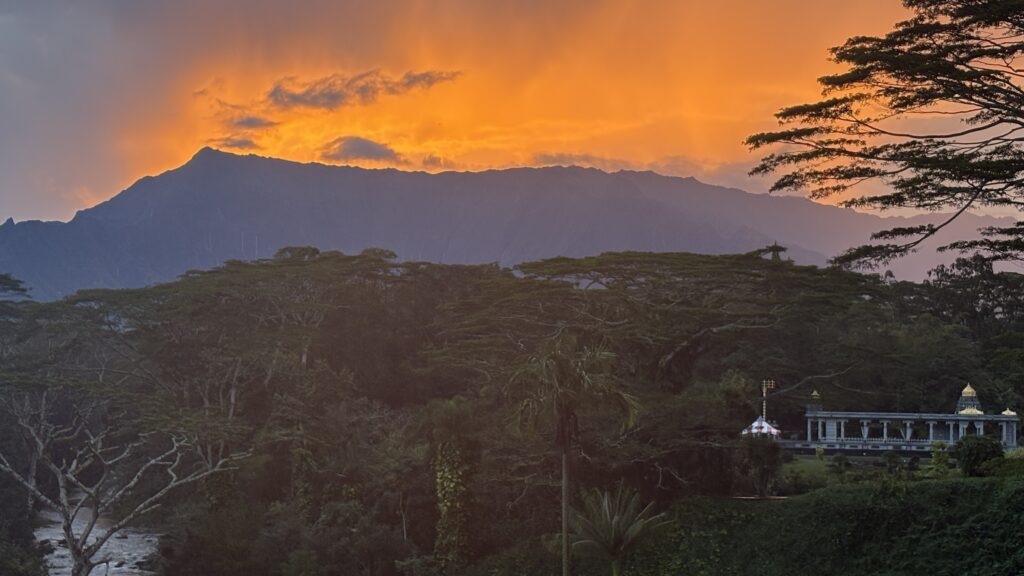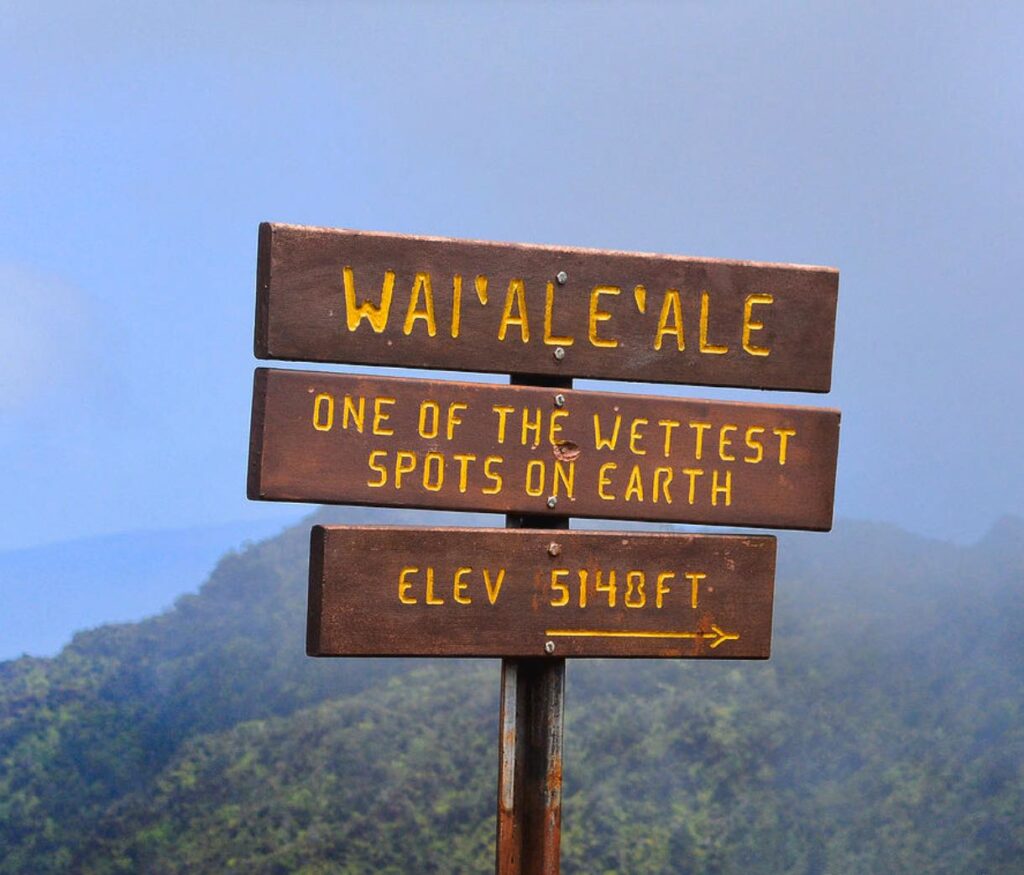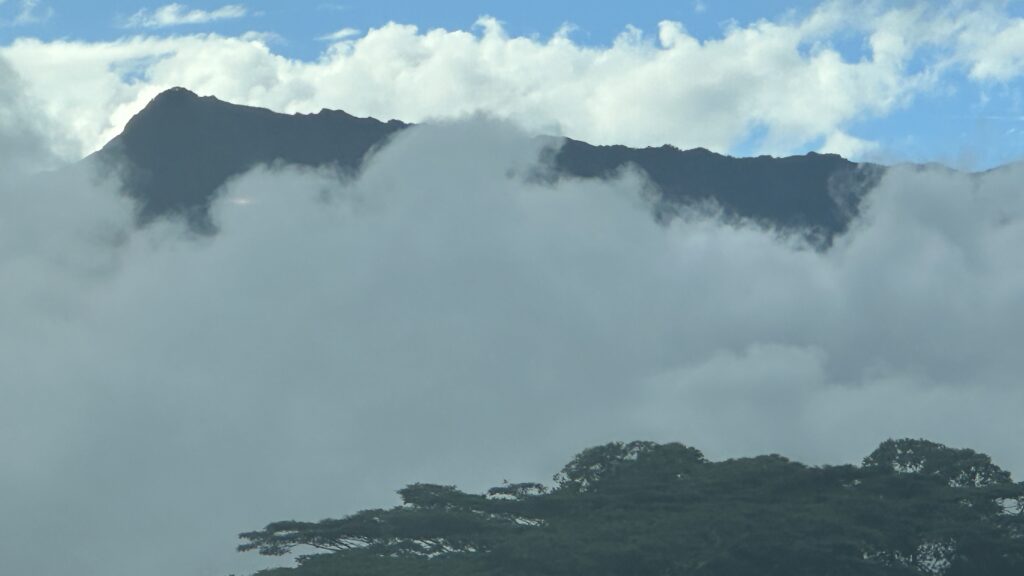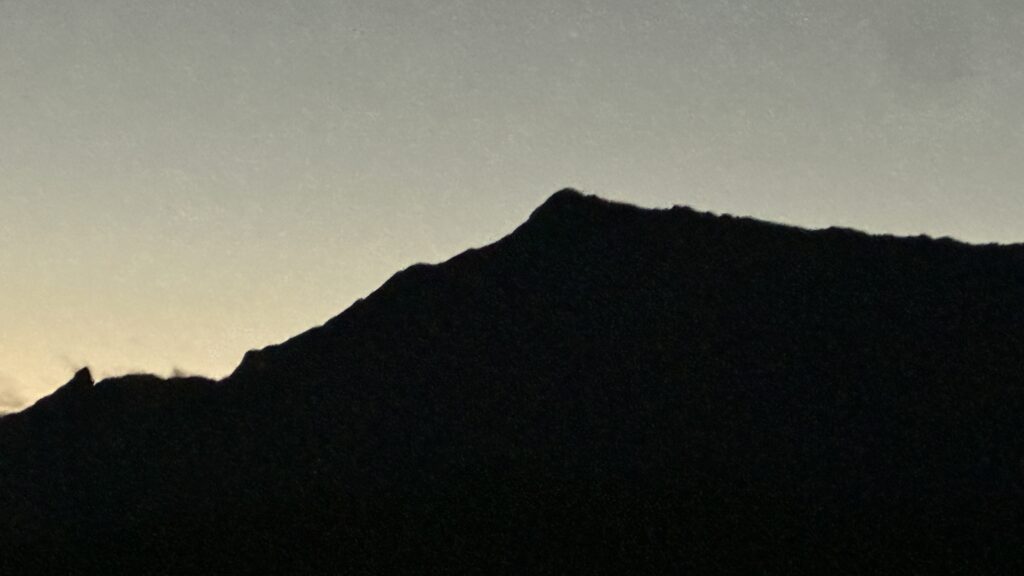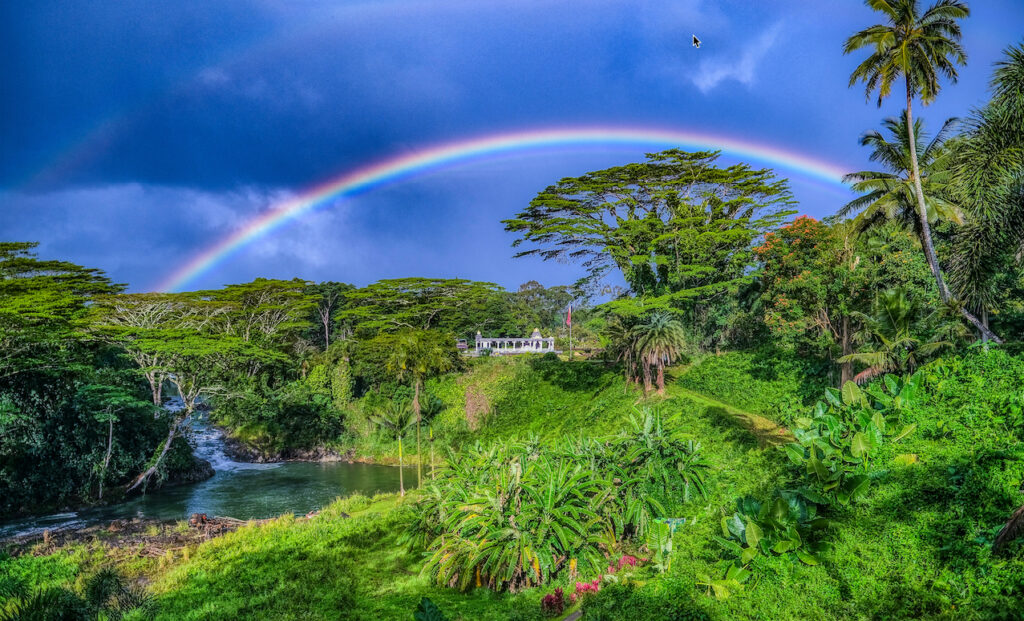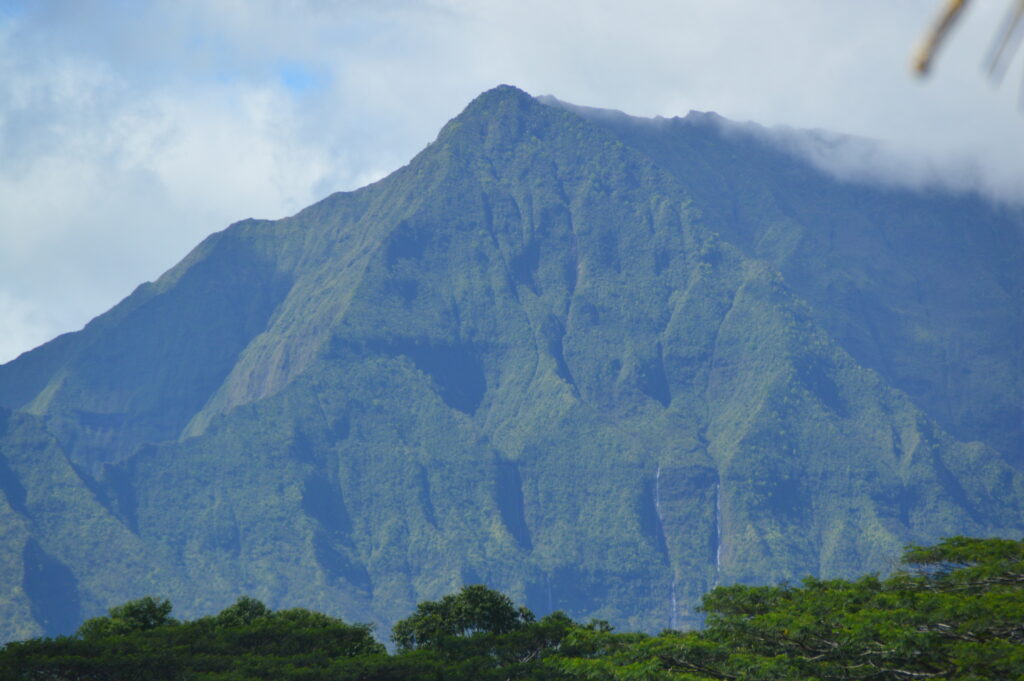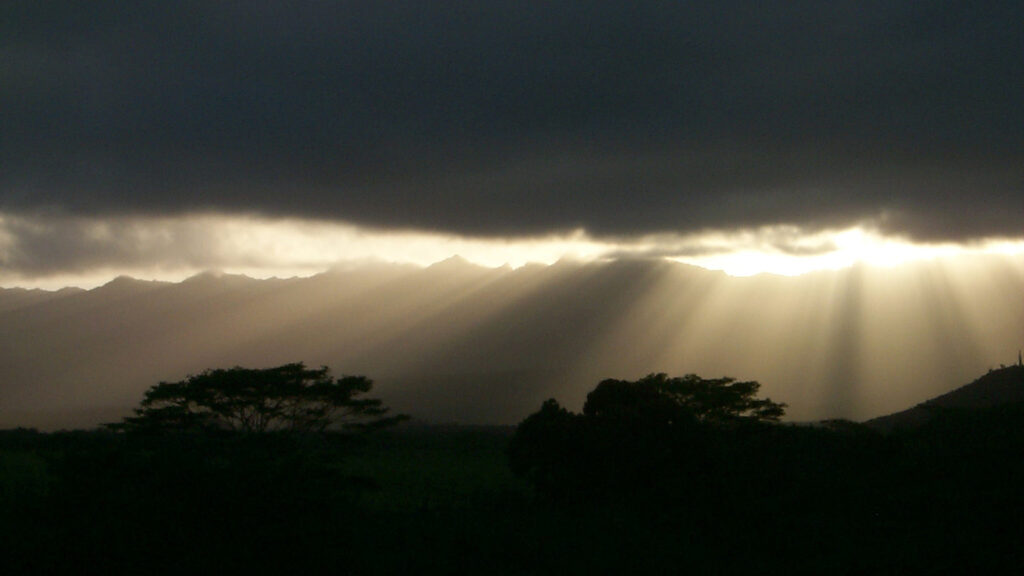Interfaith Harmony
We have been sharing Saint Tayumanavar’s wonderful teaching of samarasam—the unitive amity between religions. The idea of such shared respect is no less relevant to our 21st century experience than to his time, some 300 years ago.
A real-life example took place a few days back at the Sri Subramuniya Temple in Sri Lanka. Here is the report from Rishi Thondunathan (who this morning is hunkered down in Colombo due to a massive cyclone passing over the island).
“Greetings! On Friday, a group of 120 Buddhist monks and devotees from Kandy visited the Yogaswami Samadhi Temple and our Sri Subramuniya Temple in Alaveddy. They shared that they had read about Yogaswami’s life and teachings in various books, and were deeply moved by his simplicity and the profound wisdom reflected in his words and way of life. This inspiration led them to visit the sacred places where the sage lived. They had already downloaded the English Natchintanai from the Himalayan Academy publication website, and they have translated the song “Engal Gurunathan” into Sinhala. They attended the pūja and then eagerly listened to the story of Yogaswami’s life.”
In Peace,
Rishi Thondunathan
Interfaith Harmony Read More »





